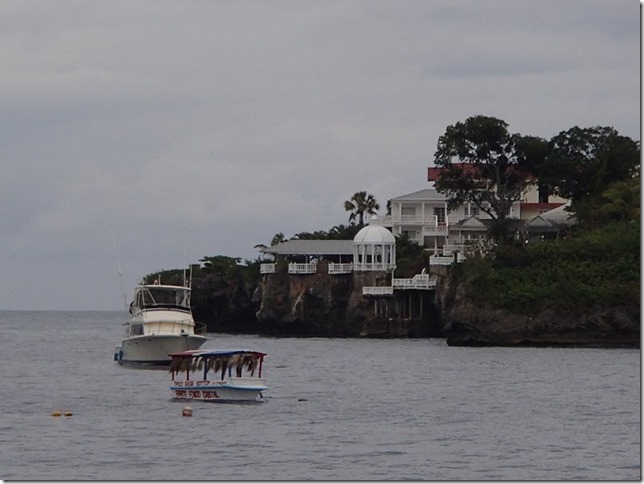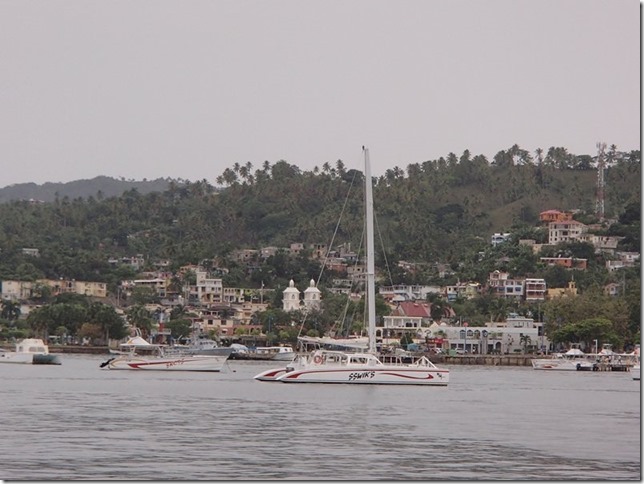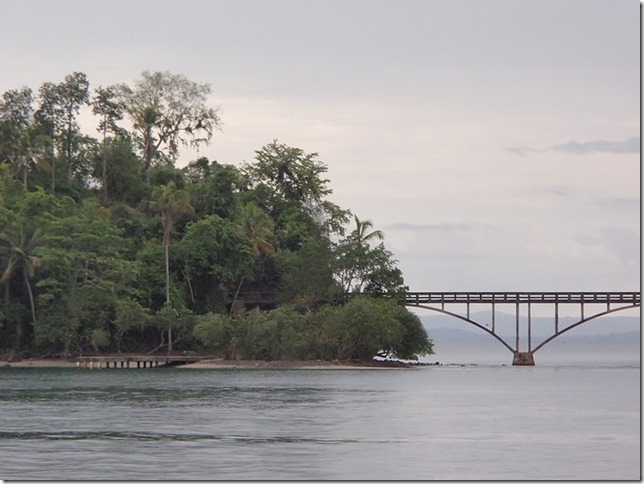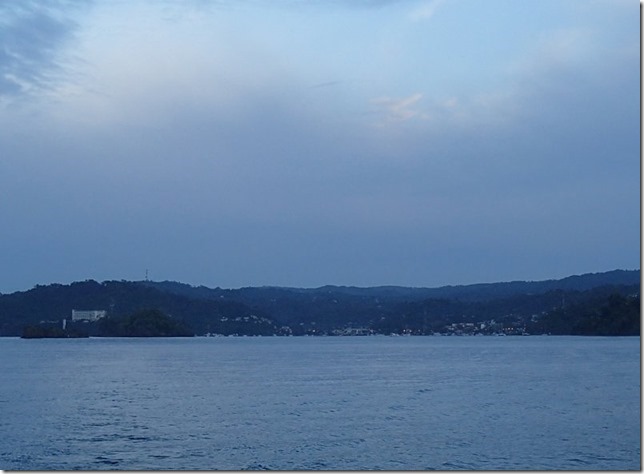Samana, Dominican Republic to Mayguez, Puerto Rico

Anastasia
Phil May and Andrea Twigg
Fri 23 May 2014 17:48
|
19:11.9N 69:19.7W
There is a book entitiled “The Gentleman’s Guide to Passages South” which
many people consider to be the definitive guide for making your way upwind to
the Caribbean. This book recommends that you motor close in along the
coast of the DR at night, using the “night lees” to reduce the headwind.
It also recommends that on no account do you go with any northbound component to
the swell.
Mr Van Sant doesn’t say why the swell is so important. I guessed that
it might be that the north shore anchorages are untenable and we might not be
able to anchor in Sosua overnight, as planned. All the other boats in
Luperon decided not to leave due to the swell, but a four foot high 12 second
period north-easterly swell seemed like ideal conditions to me, especially for a
catamaran heading south-east, so we set off.
We tried the shore-hugging approach for our short hop the first night, from
Luperon to Sosua, and it was unpleasant. The waves reflecting off the
rocky shoreline made for a bumpy passage and you had to pay attention to the
course at all times, being less than half a mile offshore. The anchorage
at Sosua was fine, however.
The next day we headed offshore, where there is nothing to bounce the waves
in random directions, and we had a much calmer time, managing to sail half way
to Samana before the wind dropped. We got hit by a couple of squalls that
night, one with 35 knot winds, but we were perfectly safe out at sea. I
was glad we were not close inshore when those hit.
From Samana you are supposed to continue hugging the coast down to the cape
before heading out into the Mona passage. Here again this seems illogical,
since you are giving up so much valuable northerly latitude at the start of the
passage. Our approach was just to sailed close hauled in a light
north-easterly breeze, managing to hold an easterly course until the southbound
Mona current hit us. Then we continued sailing slowly to the south-east
until the wind died and we had to motor the rest of the way to Puerto
Rico. The sea state was beautiful, with a gentle swell and small wind
waves. Leaving Samana at dawn we arrived in Mayaguez at 7am, precisely on
schedule.
My conclusion is that with modern weather reporting you can be pretty
confident of the wind conditions a few days in advance and if there are a few
days of light winds (the gribs were predicting 8 to 12 knots max throughout the
period) then I would recommend sailing the Mona passage just like any other
ocean crossing.
 The anchorage at Sosua is tucked in behind this point
 The waterfront at Samana
 Samana harbour is enclosed by a pretty chain of islets linked by a concrete
walkway you can walk along
 Leaving Samana at dawn
|